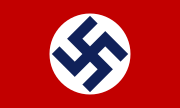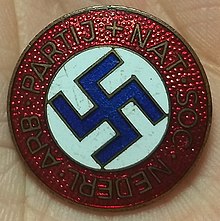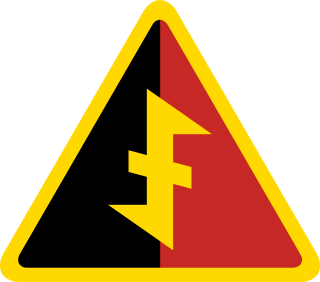
The National Socialist Movement in the Netherlands was a Dutch fascist and later Nazi political organisation that eventually became a political party. As a parliamentary party participating in legislative elections, the NSB had some success during the 1930s. Under German occupation, it remained the only legal party in the Netherlands during most of the Second World War.

The Rex Popular Front, or simply Rex, was a far-right Catholic authoritarian and corporatist political party active in Belgium from 1935 until 1945. The party was founded by the journalist Léon Degrelle. It advocated Belgian unitarism and royalism. Initially, the party ran in both Flanders and Wallonia, but it never achieved much success outside Wallonia and Brussels. Its name was derived from the Roman Catholic journal and publishing company Christus Rex.

Anton Adriaan Mussert was a Dutch politician who co-founded the National Socialist Movement in the Netherlands (NSB) in 1931 and served as its leader until the party was banned in 1945. As such, he was the most prominent Dutch leader of the National Socialism movement before and during World War II. Mussert collaborated with the German occupation government, but was granted little actual power and held the nominal title of Leider van het Nederlandsche Volk from 1942 onwards. In May 1945, as the war came to an end in Europe, Mussert was captured and arrested by Allied forces. He was charged and convicted of treason, and was executed in 1946.

The Vlaamsch Nationaal Verbond, widely known by its acronym VNV, was a Flemish nationalist political party active in Belgium between 1933 and 1945. It became the leading force of political collaboration in Flanders during the German occupation of Belgium in World War II. Authoritarian by inclination, the party advocated the creation of a "Greater Netherlands" (Dietsland) combining Flanders and the Netherlands.

Cornelis "Kees" van Geelkerken was a Dutch fascist political leader and Nazi collaborator.
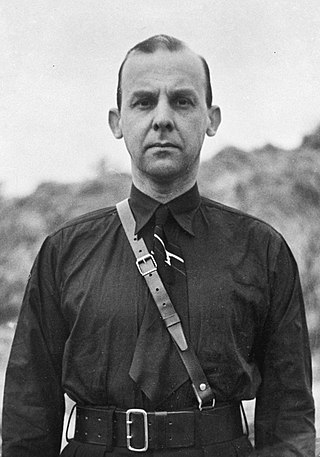
Meinoud Marinus Rost van Tonningen was a Dutch politician of the National Socialist Movement (NSB). During the German occupation of the Netherlands in World War II, he collaborated extensively with the German occupation forces. He was the husband of Florentine Rost van Tonningen.

Johannes Hendrik Feldmeijer was a Dutch Nazi politician and a member of the NSB. He was the commander of the Sonderkommando-Feldmeijer death squad during Operation Silbertanne.

George Wilhelm Kettmann or George Kettmann Jr. was a Dutch poet, writer, journalist, and publisher who promoted Nazism in the Netherlands. With his wife, he founded the best known Dutch Nazi publishing house, De Amsterdamsche Keurkamer. Until 1941 he was editor in chief of Volk en Vaderland, the weekly journal of the National Socialist Movement in the Netherlands (NSB), the movement of Anton Mussert.
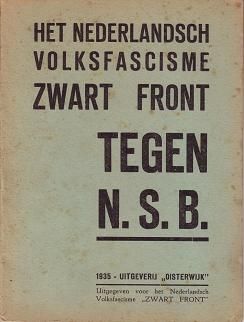
The Black Front was a Dutch Greater Netherlands and fascist movement active before the Second World War. The Black Front grew out of the southern section of the General Dutch Fascist League, with regional organiser Arnold Meijer quarrelling with leader Jan Baars and leading his followers out in 1934. The Black Front emerged and soon took over a number of smaller movements, while also gaining some support among the poorer parts of society. Although similar to its parent movement, the Black Front emphasised a more Catholic line in tune with Meijer's own religious beliefs. Taking its cue in part from Italian fascism, it adopted that movement's black-shirted uniform while adding a unique emblem featuring a sword between a pair of ram horns.

Hugues Alexandre Sinclair de Rochemont was a Dutch fascist and later a collaborator with the Nazis.

The Reichskommissariat Niederlande was the civilian occupation regime set up by Germany in the German-occupied Netherlands during World War II. Its full title was the Reich Commissariat for the Occupied Dutch Territories. The administration was headed by Arthur Seyss-Inquart, formerly the last chancellor of Austria before initiating its annexation by Germany.

Ernst Herman Ridder van Rappard was a Dutch Nazi and anti-Semite. After leading his own failed Nazi movement van Rappard enlisted in the Schutzstaffel and saw active service in the Second World War.
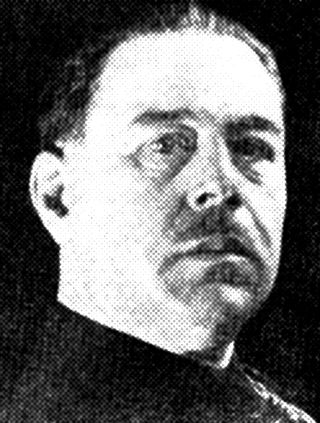
Paul Hoornaert was a Belgian far right political activist. Although a pioneer of fascism in the country he was an opponent of German Nazism and, after joining the Belgian Resistance during the German occupation, died in Nazi custody.
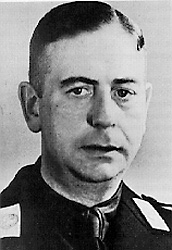
Jonkheer Daniël de Blocq van Scheltinga was a Dutch Nazi politician.
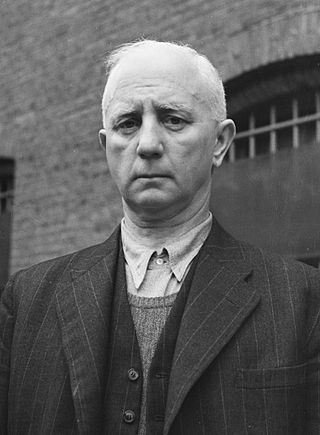
Marius Hugh Louis Wilhelm Blokzijl or Max Blokzijl was a Dutch singer and journalist. After the German occupation of the Netherlands Blokzijl was sentenced to death and executed for his collaboration with Nazi Germany.

Robert van Genechten was a Belgian-born Dutch politician and writer and a leading collaborator during the German occupation of the Netherlands.
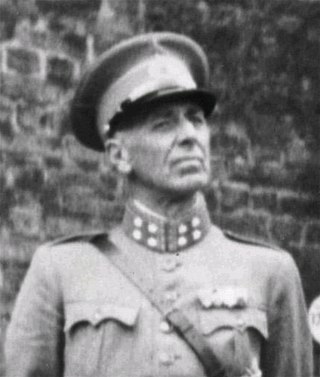
Hendrik Alexander Seyffardt was a Dutch general, who during World War II collaborated with Nazi Germany during the occupation of the Netherlands, most notably as a figurehead of the Dutch Legion, a unit of the Waffen-SS on the Eastern Front.

Volk en Vaderland was a Dutch weekly paper published by Nenasu, a Nazi publishing firm owned by Anton Mussert. Mussert was leader of the NSB or National Socialist Movement in the Netherlands. The NSB was a Nazi Dutch political party that collaborated with the German occupier during World War II.
The Netherlands Union was a short-lived political movement active in the German-occupied Netherlands in World War II. In its brief period of activity between July 1940 and May 1941, up to 800,000 Dutch people became members, which was about a tenth of the population at the time. It represented the largest political movement in the history of the Netherlands.
